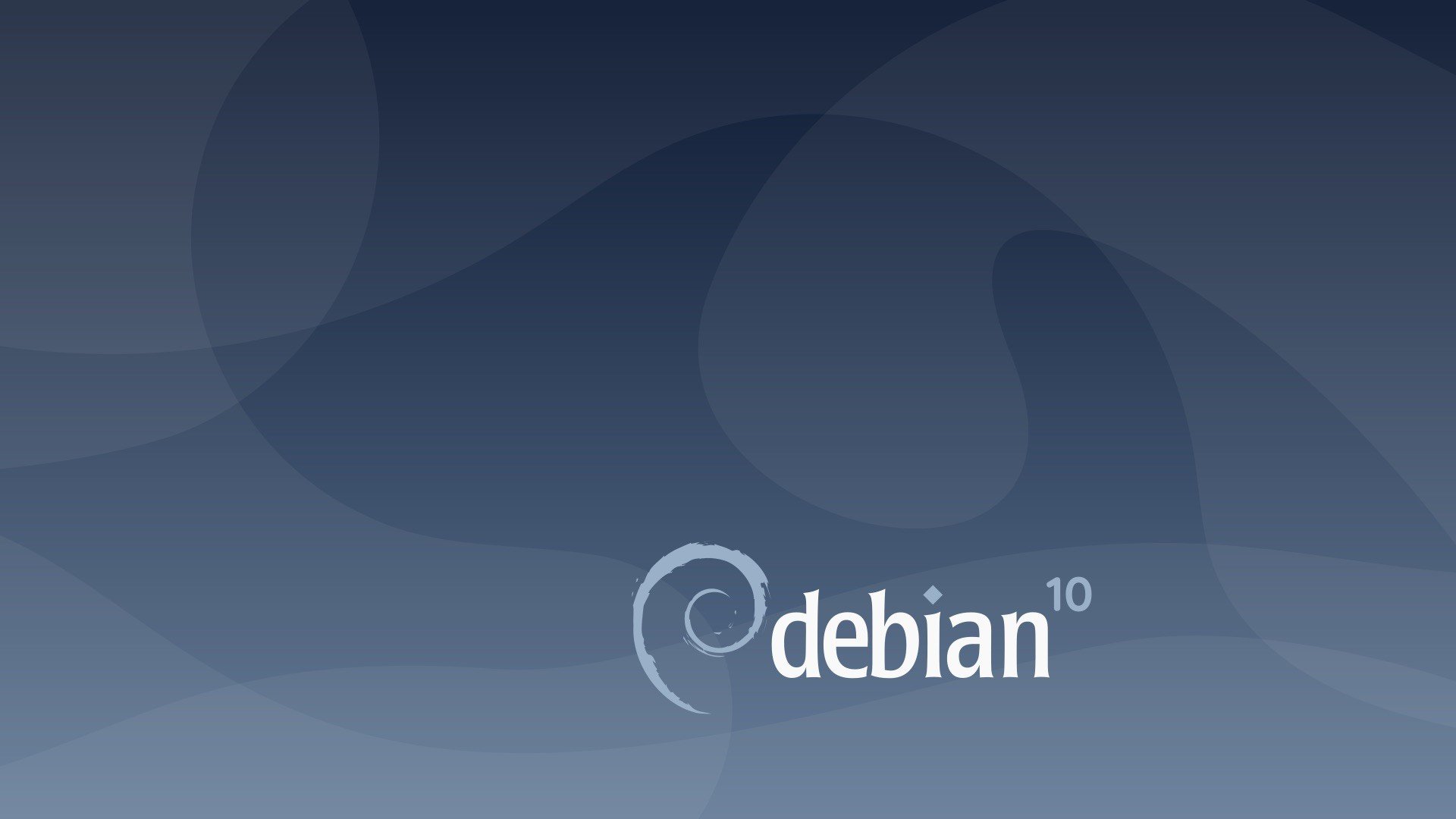

- #Nomachine debian buster install#
- #Nomachine debian buster update#
- #Nomachine debian buster software#
- #Nomachine debian buster password#

Step 5 - Launch any of the available browsersīrowser can be launched by command line by using the 'browser-box ' command. Scripts will launch any of the following browsers: chromium-browser, firefox, google-chrome, google-chrome-stable, tor-browser: docker run -it -rm \
#Nomachine debian buster install#
The following command will install the necessary scripts in the /usr/local/bin directory. Step 4 - Install scripts necessary to launch the browser Step 3 - Build the image: docker build -t sameersbn/browser-box. # Comment it out if you don't need it or if you use NoMachine free.ĮNV DBUS_SYSTEM_BUS_ADDRESS=unix:path=/host/run/dbus/system_bus_socket # Installation of ssh is required if you want to connect to NoMachine server using SSH protocol when supported. RUN apt-get install -y mate-desktop-environment-core
#Nomachine debian buster update#
RUN apt-get update & apt-get install -y apt-utils vim xterm cups curl This applies to NoMachine servers supporting sessions by the web only.ĭocker file # Dockerfile to install NoMachine free v. docker run -d -p 4000:4000 nomachineĮ) Connections by the web use port 40 by default.
#Nomachine debian buster password#
It can be easily adapted to your environment:Ī) By default this Docker file will run a MATE desktop environment, you can adjust it by replacing mate-desktop-environment-core with the desktop of your choice.ī) It will create the nomachine user with 'nomachine' as a password, you can specify a different username and password and repeat instructions for creating additional users.Ĭ) Note that there is no need to expose ports in Dockerfile, this can be done by using the -p option when running the 'docker run' command. The Dockerfile below uses the NoMachine package downloaded from the NoMachine website as an example. See also the official Docker documentation The Dockerfile is a script which contains a set of instructions used to build the container image. You can specify multiple ports by reiterating the -p option, e.g. Set a different port if necessary (see points d and e below). Step 5 - Run the container: docker run -d -p 4000:4000 nomachine Step 4 - Build the image: docker build -t=nomachine nomachine Then set executable permissions: chmod +x nomachine/nxserver.sh

Step 3 - Copy content of the wrapper script below to: nomachine/nxserver.sh. Step 2 - Copy content of the Dockerfile below to: nomachine/Dockerfile. Step 1 - Create your image directory, e.g. Given that Docker is already installed on the host machine, to run NoMachine server inside Docker it's enough to build an image from the Dockerfile and launch it.įor example to build an image with MATE as desktop environment: Run a Dockerized Application in a NoMachine Custom Session This guide deals with the following use cases and provides instructions to build the Docker container and deploy the NoMachine desktop or single application.: I

NoMachine software, as well as remote desktops and applications deployed via NoMachine, can be dockerized. This guarantees that it will always run the same, regardless of the environment it is running in."
#Nomachine debian buster software#
"Docker containers wrap up a piece of software in a complete filesystem that contains everything it needs to run: code, runtime, system tools, system libraries - anything you can install on a server. Each container provides an insulated virtual environment in which processes and system resources like CPU and disks are run separately from the host system and from the other containers Set-up and Run Dockerized Thunderbird in a NoMachine Custom Sessionĭocker for Linux is a containerization platform built on top of the Linux kernel which allows applications to be run inside a container. Set-up and Run Dockerized Skype in a NoMachine Custom Sessionģ.4. Set-up and Run Dockerized LibreOffice in a NoMachine Custom Sessionģ.3. Set-up and Run a Dockerized Browser in a NoMachine Custom Sessionģ.2. Run a Dockerized Application in a NoMachine Custom Sessionģ.1.


 0 kommentar(er)
0 kommentar(er)
